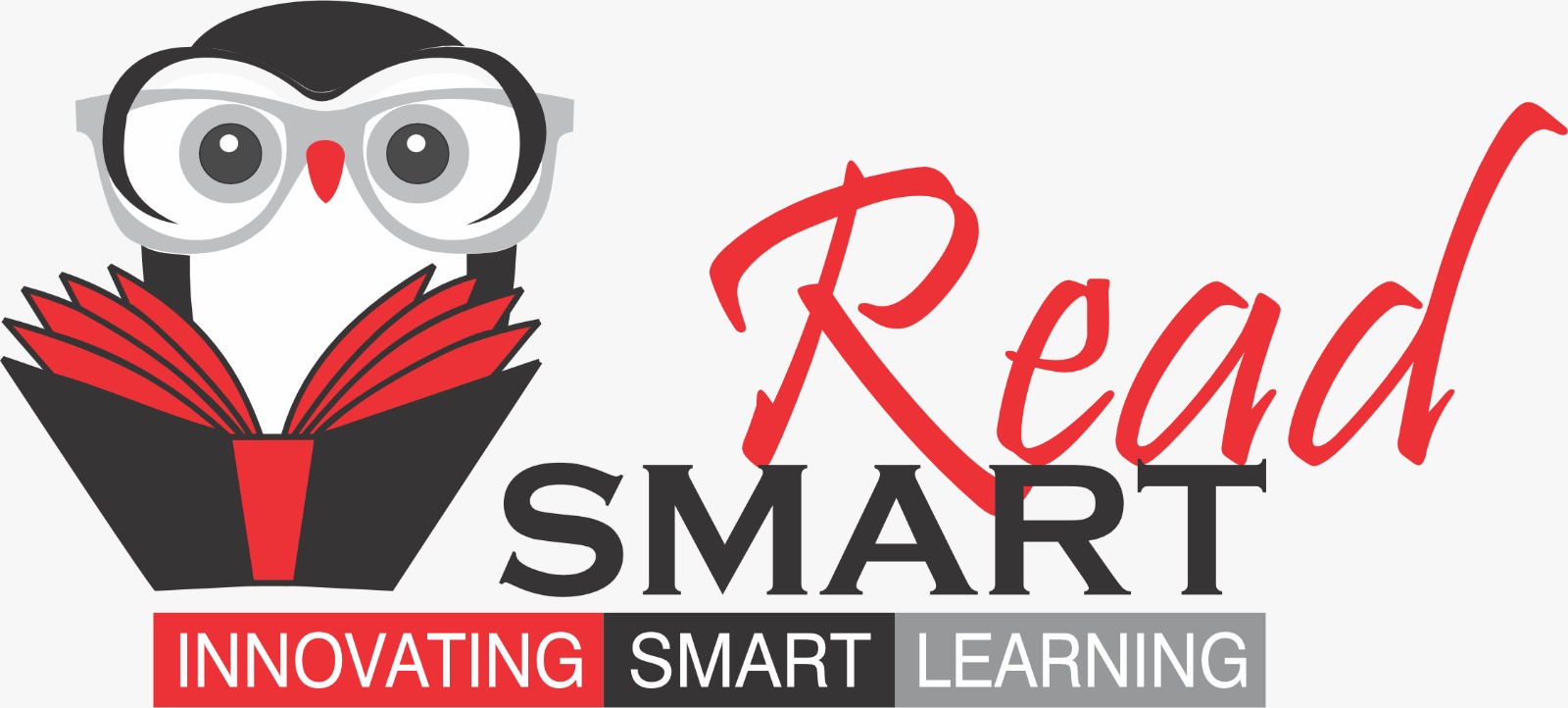Scientific International is a leading publisher of high-quality academic and scientific books across various fields. Our publications are authored by esteemed experts from India and globally, known for their academic excellence and pedagogical approaches. We publish under the MedTech imprint, a rapidly growing platform covering numerous disciplines. Our mission is to provide cutting-edge, accessible content that inspires curiosity and fosters learning, contributing to the global academic community and supporting students, professionals, and researchers worldwide.
Associated partner

BIOLOGICAL CONTROL
Rs. 595
| Attribute | Details |
|---|---|
| ISBN | 9789385998140 |
| Author | BRIJRAJ ROY |
| Subject | Agricultural Science |
| Binding | Paperback |
| Total Pages | |
| Copyright Year | 2017 |
Note : Price subject should be change on the website.
Biological Control is not a new subject; indeed it has been the focus of considerable research by pest control experts for some seventy to eighty years. It is defined as that method of pest control that relies on natural enemies—parasites, predators, and pathogens—to reduce pest populations to tolerable levels. We further define biological control as a natural phenomenon, that component in the control of numbers of any organism, pest or otherwise, which is produced by its natural enemies. This book describes the ecological basis for the phenomenon of biological control, its historical development by man, the nature of entomophagy with particular reference to insects that feed on other insects, procedures for carrying out programs of biological control, and evaluation of any results attained. It goes on to describe factors that limit biological control, to analyze selected case histories where this method of pest control has been attempted, and to show how biological control contributes to integrated control. Although we have limited our coverage mainly to “classical biological control,” as defined above, we mention briefly other biological methods of pest control, including host plant resistance, cultural control, the sterile-insect method, and genetic control of pests. The book then ends with a statement about the future of biological control.





 Continue With Google
Continue With Google
 Continue With Facebook
Continue With Facebook
